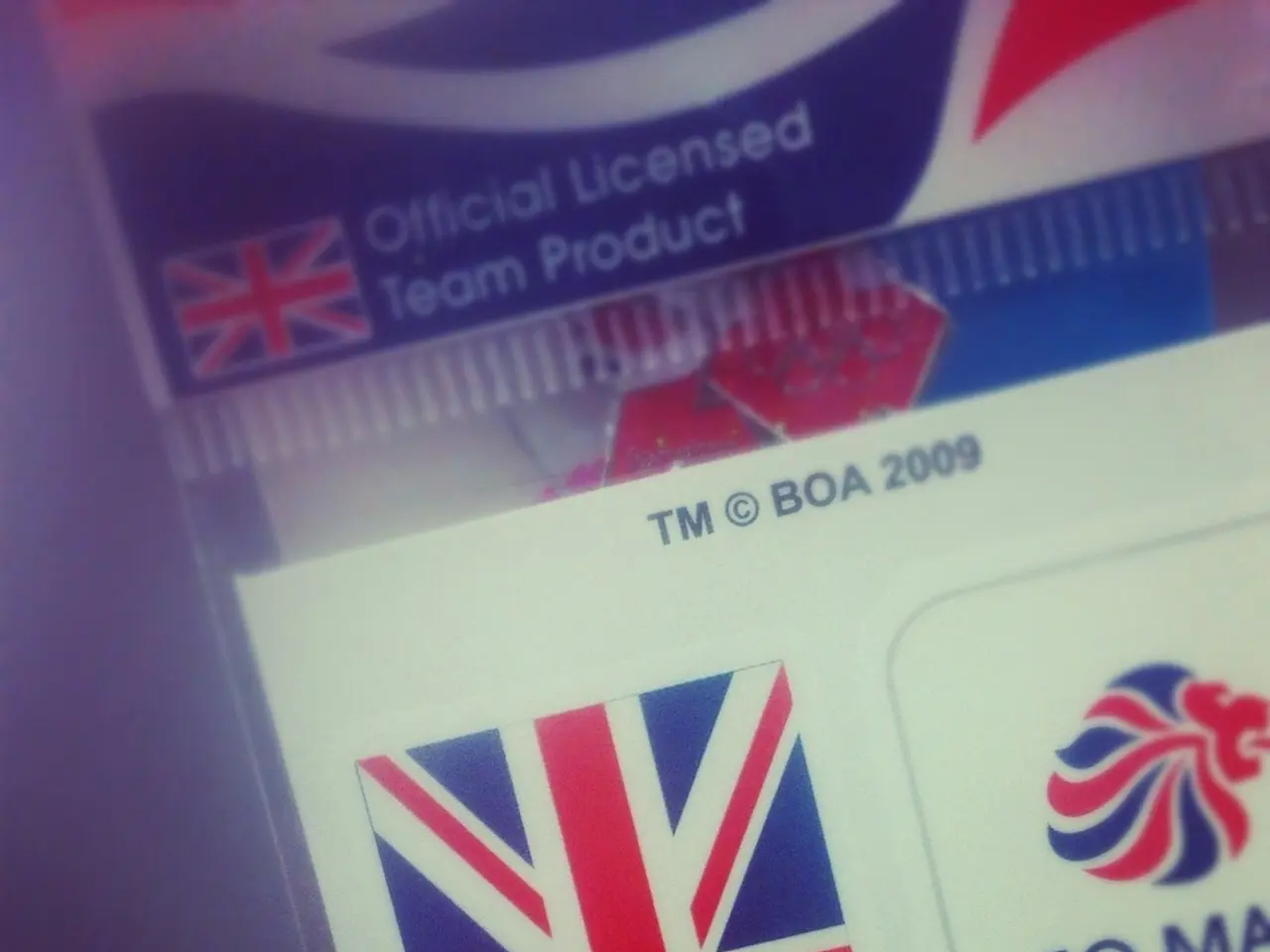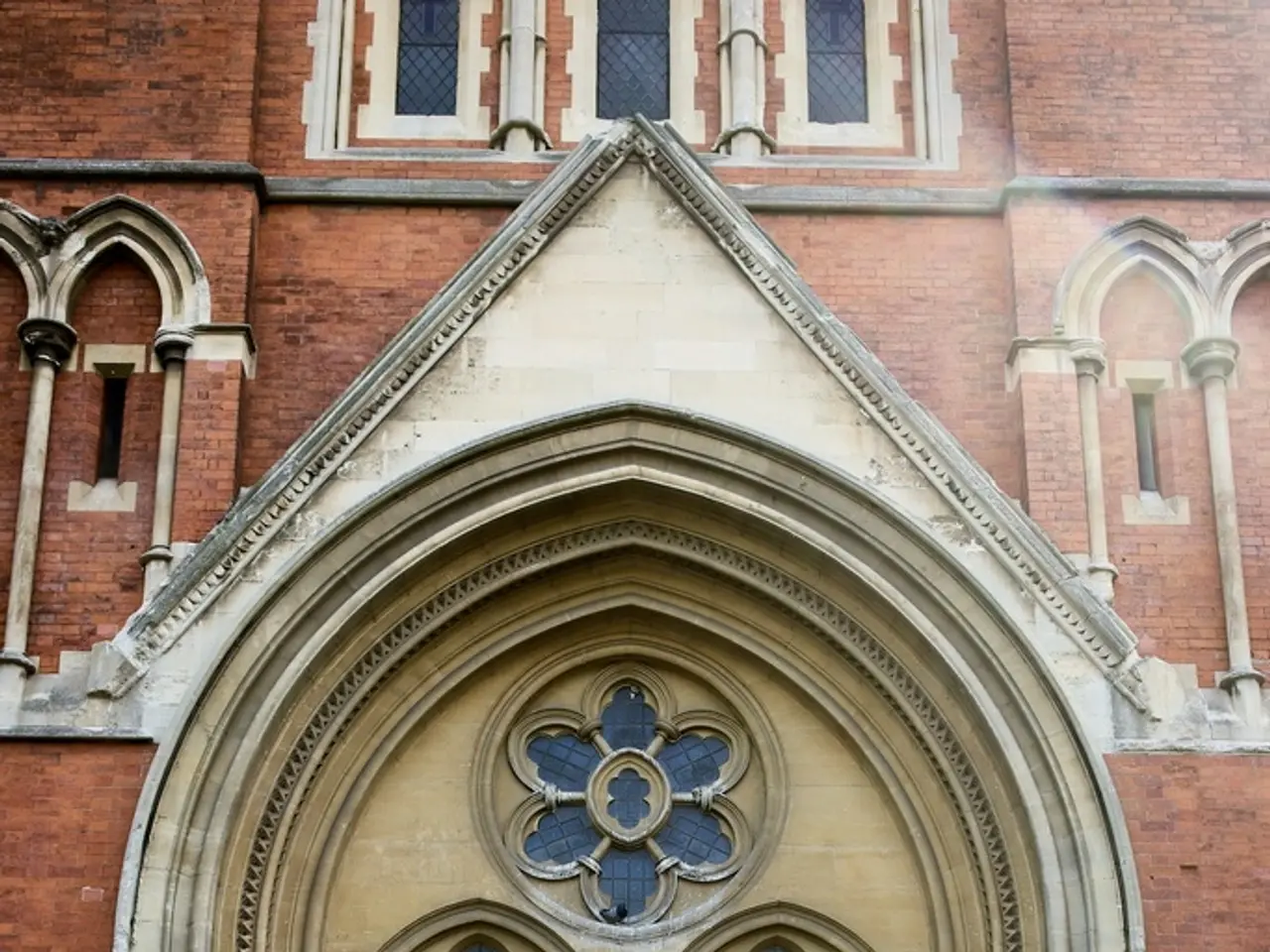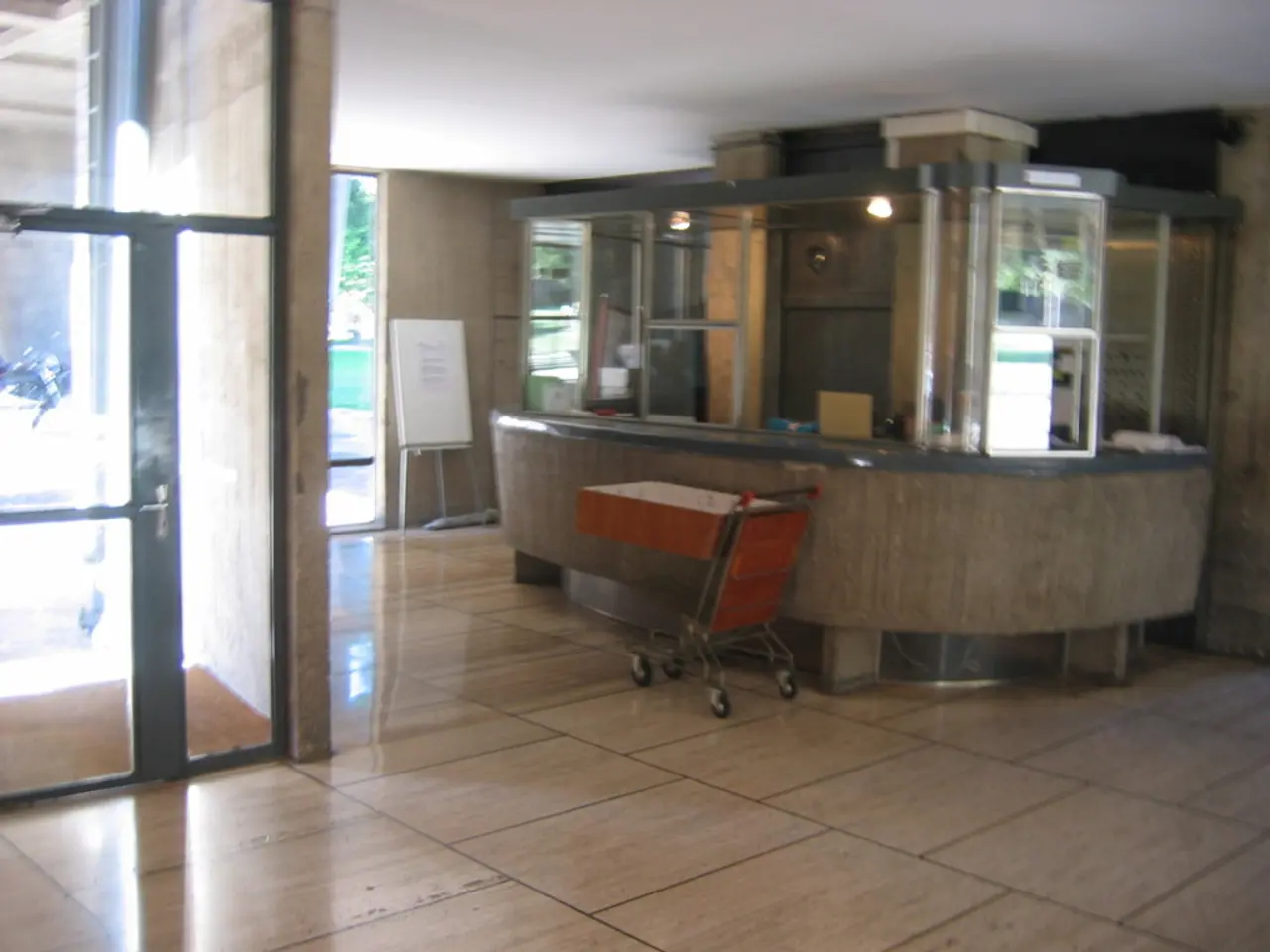Technology-led manhunt for New Orleans jail escapees faces criticism over privacy concerns
During the ongoing manhunt for ten inmates who fled from a New Orleans jail last week, authorities credit the use of facial recognition cameras run by a private organization with aiding in the apprehension of one of the escapees. However, the New Orleans Police Department's utilization of this technology has attracted criticism from various quarters, including civil rights organizations and conservative politicians, over concerns about privacy and constitutional rights.
NOLA Police Department Superintendent Anne Kirkpatrick revealed this week that facial recognition cameras operated by Project N.O.L.A. had been employed in the manhunt, despite her recent order to pause the automated alerts that officers received from the independent group. Kirkpatrick informed The Washington Post that she halted these alerts until she is "confident that the use of the app adheres to all legal requirements and departmental policies."
In a statement, the American Civil Liberties Union (ACLU) expressed concern that this marks the first known widespread endeavor by a significant American law enforcement agency to employ artificial intelligence technology targeting suspects in a variety of crimes citywide. The ACLU contends that live facial recognition technologies raise both constitutional and privacy issues, and that their deployment represents a dramatic escalation of the ability to observe citizens during their day-to-day activities.
Critics assert that the average citizen remains unaware that they are being scanned by these cameras without explicit consent. "Facial recognition technology poses a direct threat to the fundamental rights of every individual and has no place in our cities," said Alanah Odoms, executive director of the ACLU of Louisiana. The organization has called on the New Orleans Police Department and the City of New Orleans to halt the program immediately and abandon all applications of live-feed facial recognition technology.
Some Republican lawmakers in Congress have also expressed objections to the unfettered use of the technology, with notable figures such as Reps. Jim Jordan of Ohio, Andy Biggs of Arizona, Warren Davidson of Ohio, and Thomas Massie of Kentucky, as well as Sens. Mike Lee of Utah and Steve Daines of Montana, voicing concerns. In a letter to Kash Patel, then acting director of the federal Bureau of Alcohol, Tobacco, Firearms and Explosives, Biggs and Davidson expressed worries about news reports indicating that the ATF used facial recognition technology to identify gun owners, and requested documentation on policies and training pertaining to the use of such technology.
Democratic representatives, including Rep. Zoe Lofgren of California and Sen. Ron Wyden of Oregon, have also joined bipartisan efforts to restrict the employment of these surveillance methods.
The ten inmates escaped from the Orleans Justice Center on May 16, with authorities accounting for five of the fugitives thus far, leaving five others, including three charged with murder, still at large as of Thursday afternoon. Kirkpatrick revealed this week that one of the escapees was apprehended due to live facial recognition cameras operated by Project N.O.L.A., which detected the suspects while surveilling crowds in the French Quarter.
Bryan Lagarde, the executive director of Project N.O.L.A., disclosed that his organization began employing live facial recognition cameras in New Orleans two years prior. He said his group produced four minutes of processing time once informed of the jailbreak on Friday, after which they started tracking two of the escapees. Myles was subsequently arrested after officers found him concealed under a car, while another suspect managed to elude capture.
Lagarde declined to comment on whether his cameras had discovered any of the remaining escapees, citing the ongoing investigation. Project N.O.L.A. manages approximately 200 facial recognition cameras in New Orleans, monitoring not only faces but also clothing, vehicles, and license plates.
Critics voice concerns about the privacy implications of this extensive and relatively clandestine surveillance network. Lagarde maintains that the facial recognition system operates "by scanning everyone's face," only targeting individuals recognized as wanted by authorities. However, critics argue that victims in this situation are unaware that they are being watched without their consent, potentially placing them at risk of future retaliation or intimidation.
While the city has regulations governing the use of facial recognition technology, Kirkpatrick said exceptions do apply. The city ordinance stipulates that evidence obtained exclusively through facial recognition technology may not be sufficient for establishing probable cause for an arrest. The origin of the image and the justification for using facial recognition systems as an investigative lead must be documented in a police report. Furthermore, the ordinance states that facial recognition technology should not be deployed as a surveillance tool but can be utilized in the investigation of specific crimes such as murder, manslaughter, and carjackings.
Kirkpatrick asserted that law enforcement has operated surveillance cameras across the city, many in entertainment districts, but none of them are equipped with facial recognition capabilities. According to the New Orleans Police & Justice Foundation, the city maintains around 3,600 police-operated cameras throughout the city.
The ACLU and other advocates are increasingly pushing for strict regulation and oversight of facial recognition technology, citing the potential for misuse and the risk of creating a surveillance state.
- The American Civil Liberties Union (ACLU) has expressed concern over the first known widespread use of artificial intelligence technology by a significant American law enforcement agency, specifically live facial recognition technologies, in the city of New Orleans.
- Critics, including the ACLU of Louisiana, argue that live facial recognition technologies pose constitutional and privacy issues, with concerns about the lack of explicit consent from average citizens being scanned by these cameras.
- Some Republican lawmakers in Congress, such as Reps. Jim Jordan, Andy Biggs, Warren Davidson, and Thomas Massie, along with Sens. Mike Lee and Steve Daines, have voiced objections to the unfettered use of the technology.
- Democratic representatives, including Rep. Zoe Lofgren and Sen. Ron Wyden, have also joined bipartisan efforts to restrict the employment of these surveillance methods.
- While the city of New Orleans has regulations governing the use of facial recognition technology, concerns remain over privacy implications and the potential for misuse within this extensive and relatively clandestine surveillance network.
- Advocates, led by the ACLU, are pushing for stricter regulations and oversight of facial recognition technology to prevent the creation of a surveillance state and ensure the protection of individual privacy rights.




